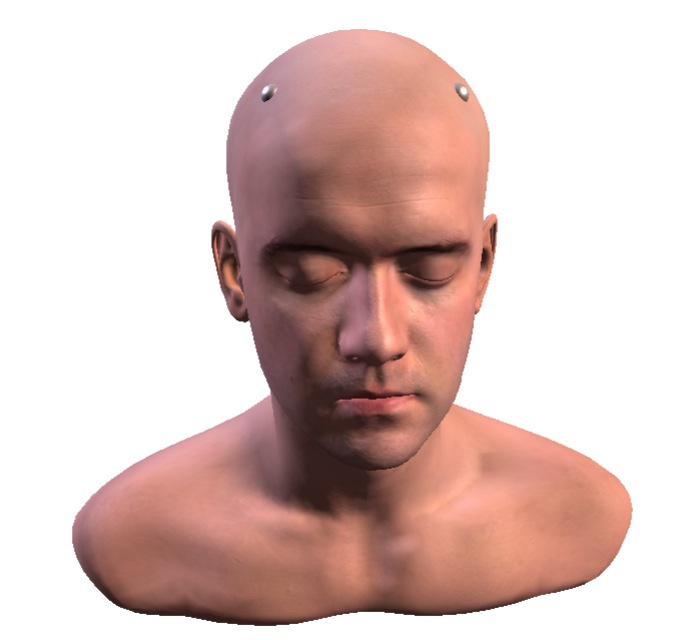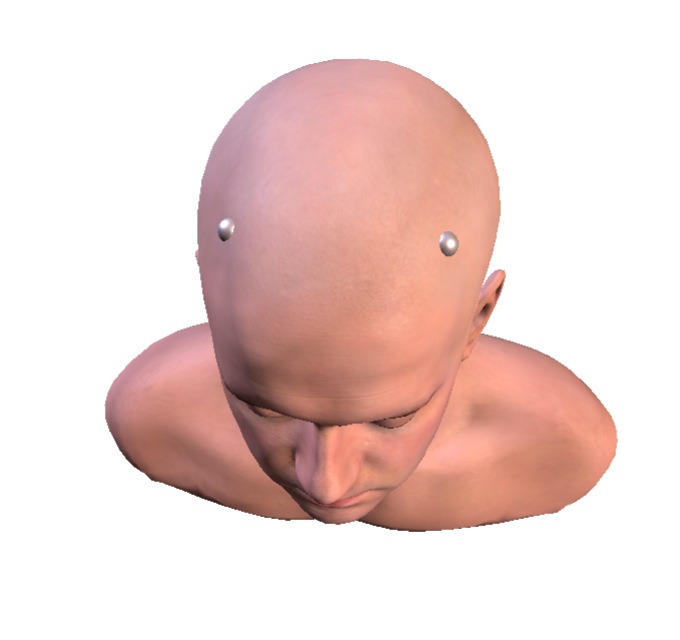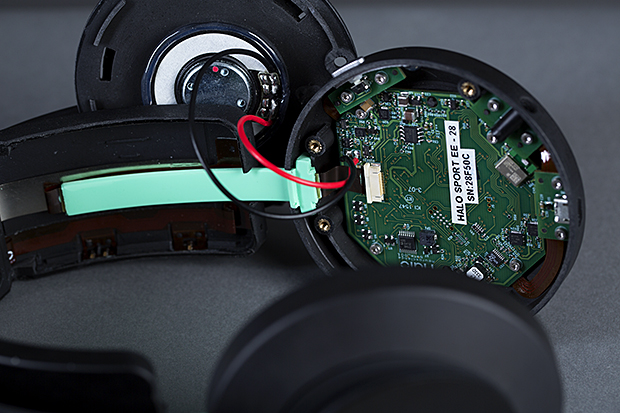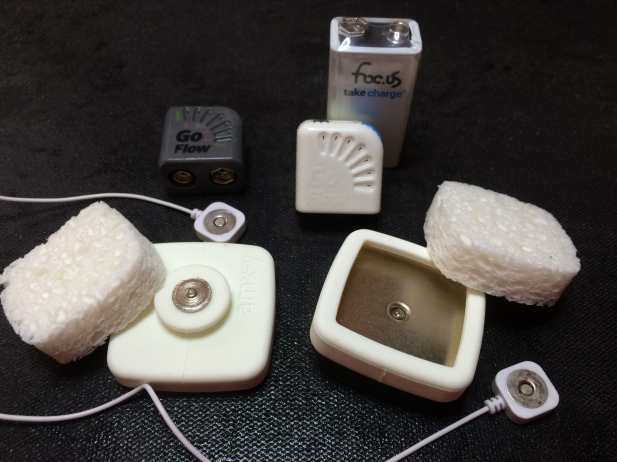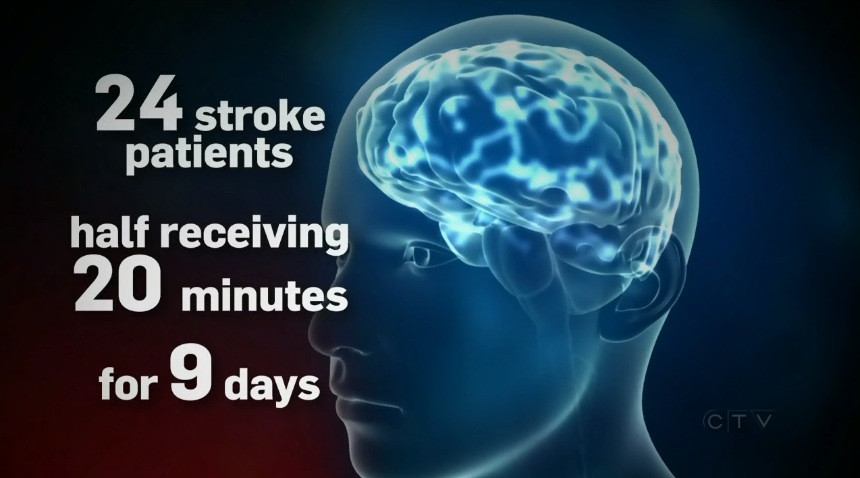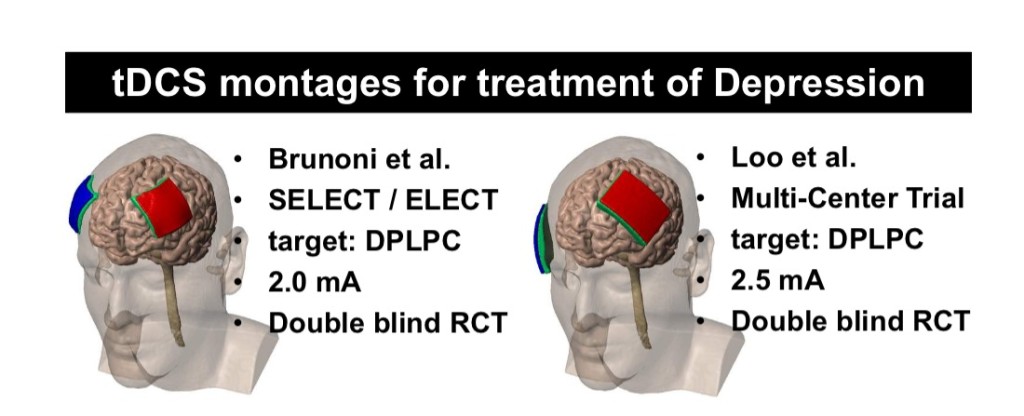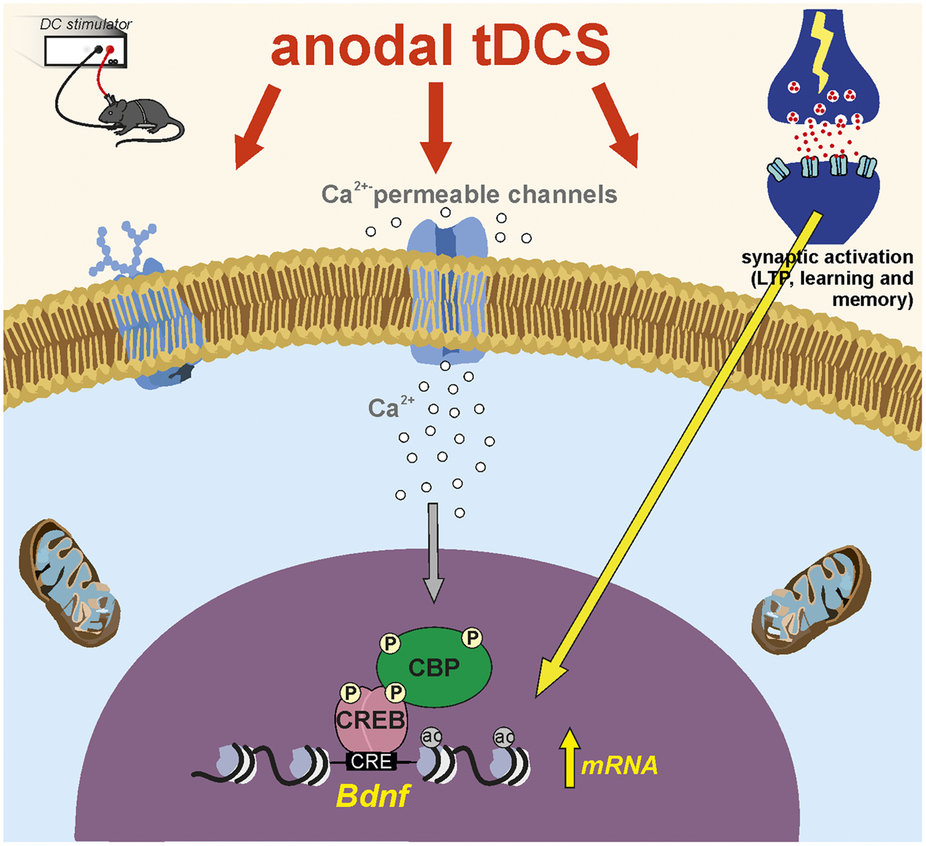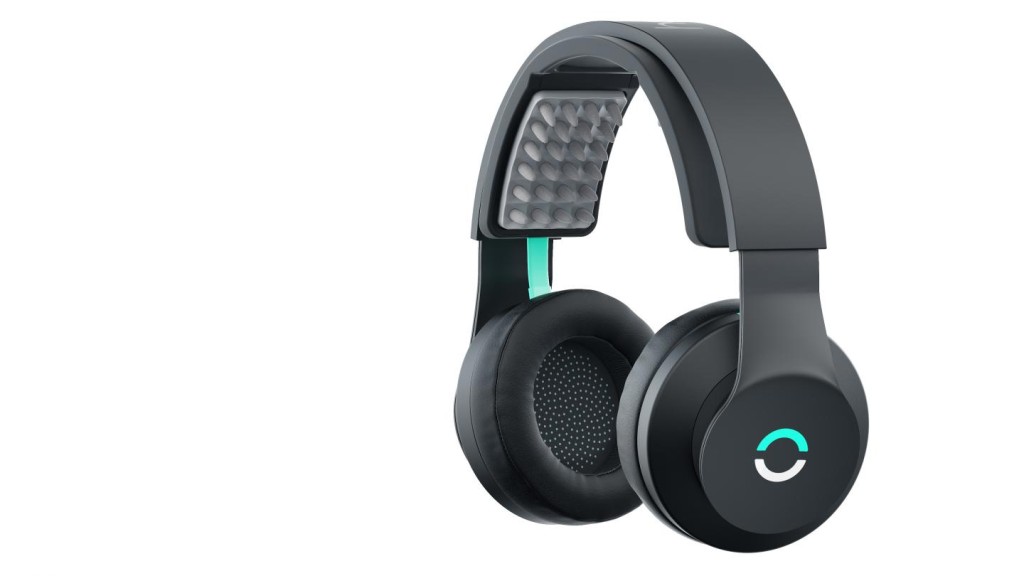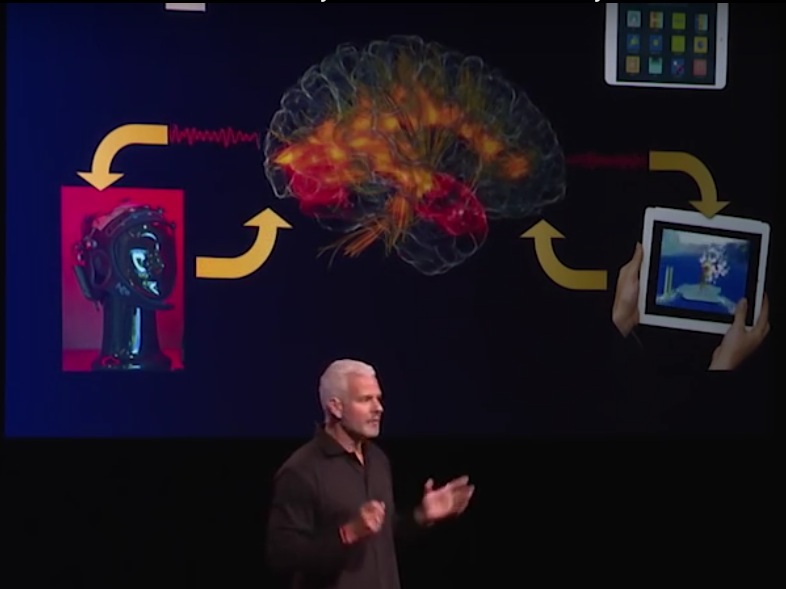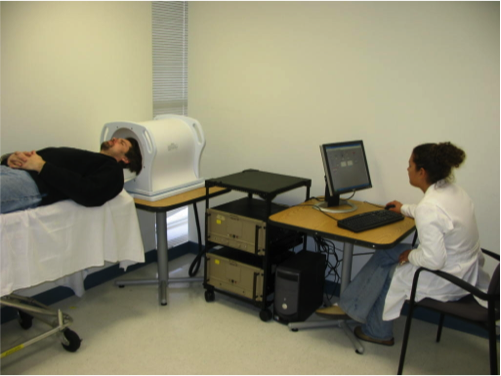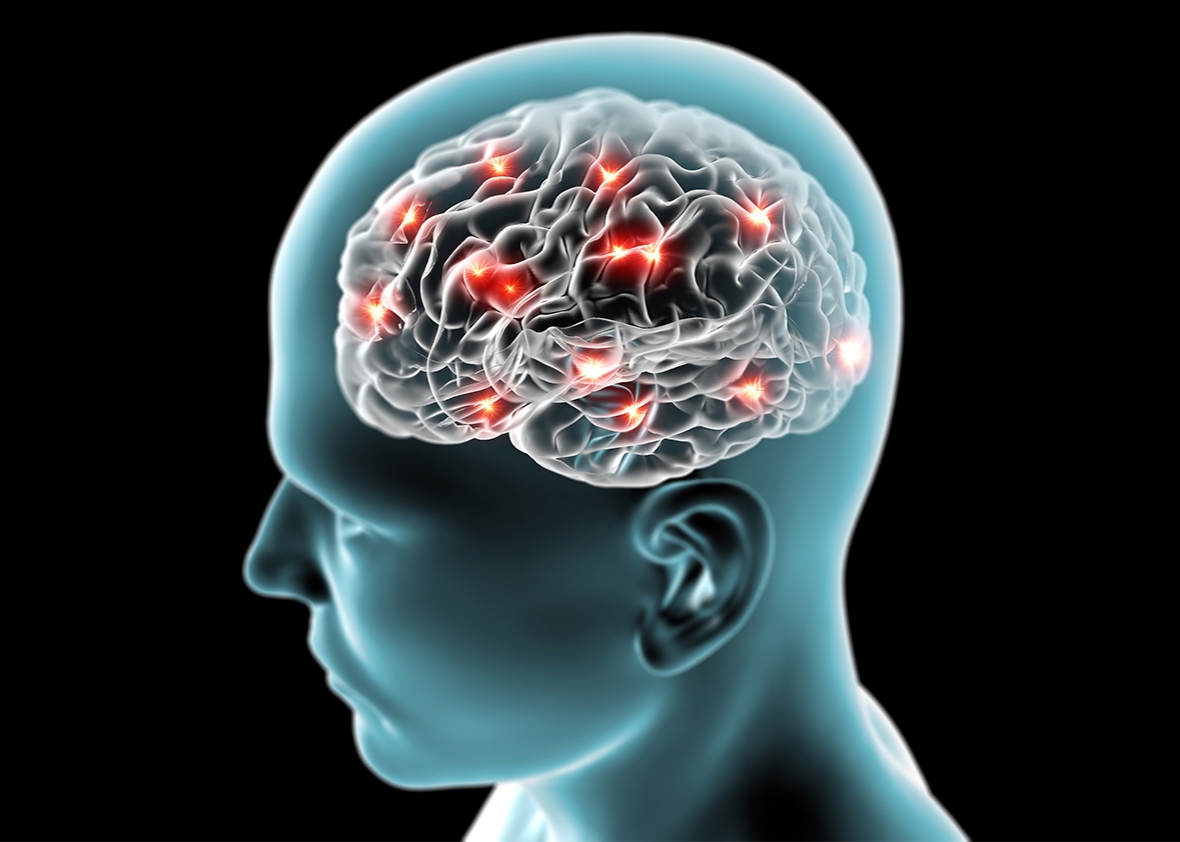If you’re a Twitter person, follow along here: https://twitter.com/DIYtDCS where I cover more advanced tDCS-related news.
In new work Jonides in presenting at the CNS conference, he and colleagues have found that tDCS has a robust effect on working memory, with enhancements lasting over a course of months. “Previous research has been equivocal about whether tDCS enhances training, and there have been no long-term investigations of how long that training effect lasts,” Jonides says.
In the new study, 62 participants randomly received tDCS stimulation to either the right or left prefrontal cortex or received sham stimulation while performing a visuospatial working memory task. After 7 training sessions, those who received the tDCS stimulation had increased working memory capabilities, even several months after completing their training. They also found that those who receive stimulation on the right prefrontal cortex had selective ability to transfer the working memory to non-trained tasks.
I will definitely be following up on this one. Neuroscientists working to test brain training claims 4/5/16
——————————————————————–
Here, we review the recent research that has explored the effects of tDCS on WM (working memory) in healthy young adults, older adults, and patient populations. We also discuss several recent meta-analyses that have examined the efficacy of tDCS as a WM intervention. While a majority of the papers reviewed suggest that tDCS can modulate WM, this effect is highly inconsistent. These seemingly conflicting results may be driven by differences in study design, tDCS protocol, or inter-individual differences.
Meta research paper looks years of tDCS working memory research. Interesting and useful, in the list of papers they cite they add (highlighted) the particular significance of that paper. Uncertainty and Promise: the Effects of Transcranial Direct Current Stimulation on Working Memory 4/5/16
——————————————————————–
Those advantages appeal to the DIY users as well. On Reddit’s tDCS community, many anonymous users describe using the technique to treat mental disorders, including depression and anxiety. Alexander Mark is one of them. A 63-year-old Michigan resident, he says, “I am afflicted with Bipolar Disorder II, and learned about tDCS in an effort to find a way to relieve myself of the severe depression that often comes with the illness.” He began trying it when his medication proved ineffective (though that’s no longer the case), and he’s only had a single negative experience—when he misplaced an electrode. (He currently uses the Chattanooga Ionto iontophoresis system, which sells for about $700 through third-party merchants on Amazon.)
Article also discusses a Direct To Consumer tDCS device that didn’t do so well in their tests. The promise and peril of DIY electrical brain stimulation By Anna Denejkina 4/10/16
——————————————————————–
I would argue that the fine tradition of self-experimentation can be harnessed, if structures are created that allow at-home users to contribute their experiences to a common store of knowledge. At present online sharing of tDCS experiences is haphazard, and is restricted to the more anarchic fringes of the internet. However, those communities are generating potentially valuable information, which could be of great interest to researchers and to manufacturers. At-home and DIY users frequently stretch the limits of protocols, delivering higher current for greater amounts of time.17 Bringing at-home users into the fold will provide useful information about safe and unsafe protocols, and will generate important information about the milder side-effects of tDCS that are thought to be under-reported by researchers
In his paper The regulation of consumer tDCS: engaging a community of creative self-experimenters, Nick Davis makes the case that there is the potential for home-use DIY users to contribute to our understanding of tDCS. 4/5/16
——————————————————————–
Tyler, who co-founded Thync and recently returned to academia as an associate professor at Arizona State University, says such concerns are legitimate. Yet he is certain that they can be overcome and that medical-grade brain devices will one day be commonplace and able to, for example, relieve the pain of migraines or treat debilitating neurological conditions.
“Yes, a lot more work still needs to be done,” he said. “But the technology holds tremendous promise. It’s not just about us saying we’re going to stimulate the nerves so you can chill.”

Thync’s Sumon Pal
Mostly about the Thync (not tDCS) device. Note that Jamie Tyler, who was a co-founder and lead scientist at Thync, has returned to academia (and I’ll hazard a guess, to his first love, transcranial pulsed ultrasound stimulation). Brain-zapping gadgets promise to make you a better you — smarter, stronger, even happier. 3/29/16
——————————————————————–

